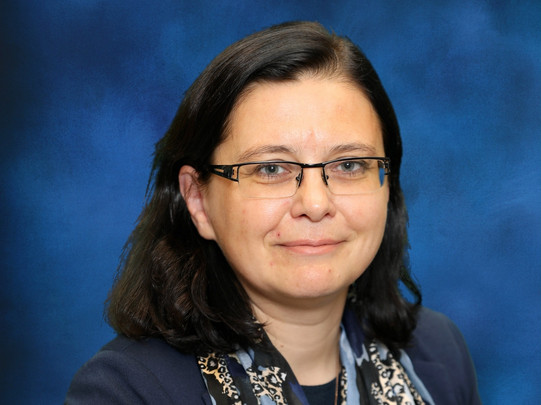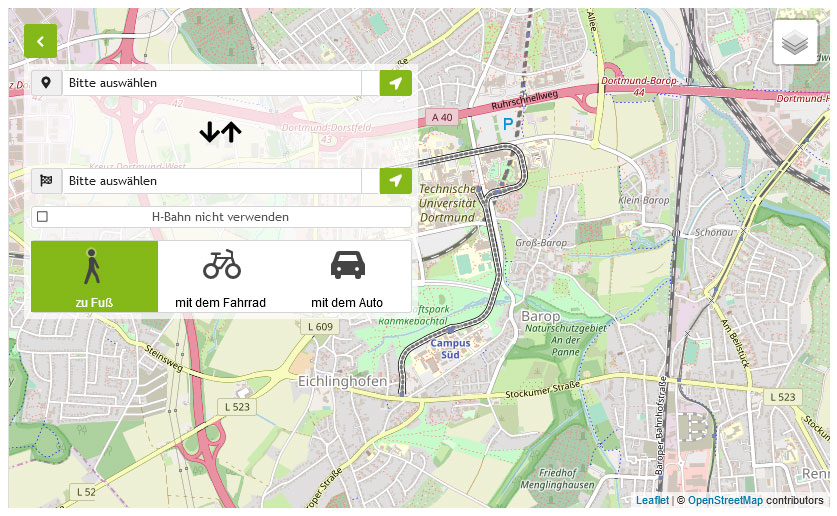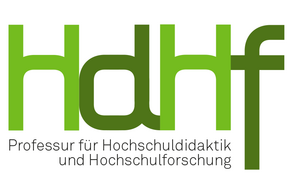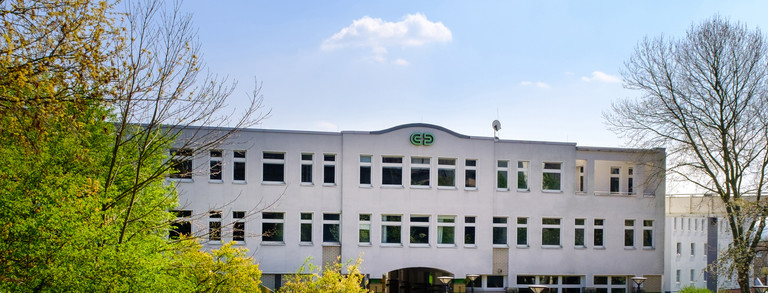Dr. Inga Ulnicane

Framings and Contestations of Artificial Intelligence: What Roles for Universities?
– Vortrag in englischer Sprache –
Datum: Mittwoch, 15. Juni 2022
Zeit: 16:00–17:30 Uhr
Ort: Online via Zoom
Artificial Intelligence is often considered to be one of the key technologies of the 21st century. In recent years, it has attracted considerable political, economic and societal interest leading to intense debates about its potential implications, benefits, and challenges.
This talk will draw on an ongoing research program on AI governance, policy, and politics (Ulnicane et al. 2021a; 2021b) that examines framings and contestations surrounding AI, related expectations, policy priorities, and recommendations. In particular, the talk will discuss how AI policy is framing the roles of universities, their contribution to national AI agendas and expectations towards research, education, and university-business collaboration. It will invite to reflect if policy for this novel technology offers/ should offer any new ideas about the roles of university.
References:
- Ulnicane, I., W. Knight, T. Leach, B. C. Stahl and W.-G. Wanjiku (2021a). Framing governance for a contested emerging technology: insights from AI policy. Policy and Society 40(2): 158–177. https://doi.org/10.1080/14494035.2020.1855800
- Ulnicane, I., D. O. Eke, W. Knight, G. Ogoh and B. C. Stahl (2021b). Good governance as a response to discontents? Déjà vu, or lessons for AI from other emerging technologies. Interdisciplinary Science Reviews 46(1-2): 71–93. https://doi.org/10.1080/03080188.2020.1840220
Inga Ulnicane is a Senior Research Fellow at De Montfort University, Leicester, UK. Her research focusses on science, technology and innovation policy, politics and governance. Her scientific publications cover a range of topics including governance of Artificial Intelligence, dual use, international research collaboration, Grand societal challenges, and European integration in research and innovation. She has prepared commissioned reports for the European Parliament and European Commission, and contributed to a number of international projects including Responsible Research and Innovation team of the Human Brain Project. Previously she has worked at University of Vienna (Austria), University of Twente (Netherlands), University of Latvia and Latvian Academy of Sciences, and been a visiting researcher at University of Manchester (UK) and Georgia Institute of Technology (US).
Forschungskolloquium Hochschulforschung
Zentrum für HochschulBildung (zhb)
Professur für Hochschuldidaktik und Hochschulforschung





